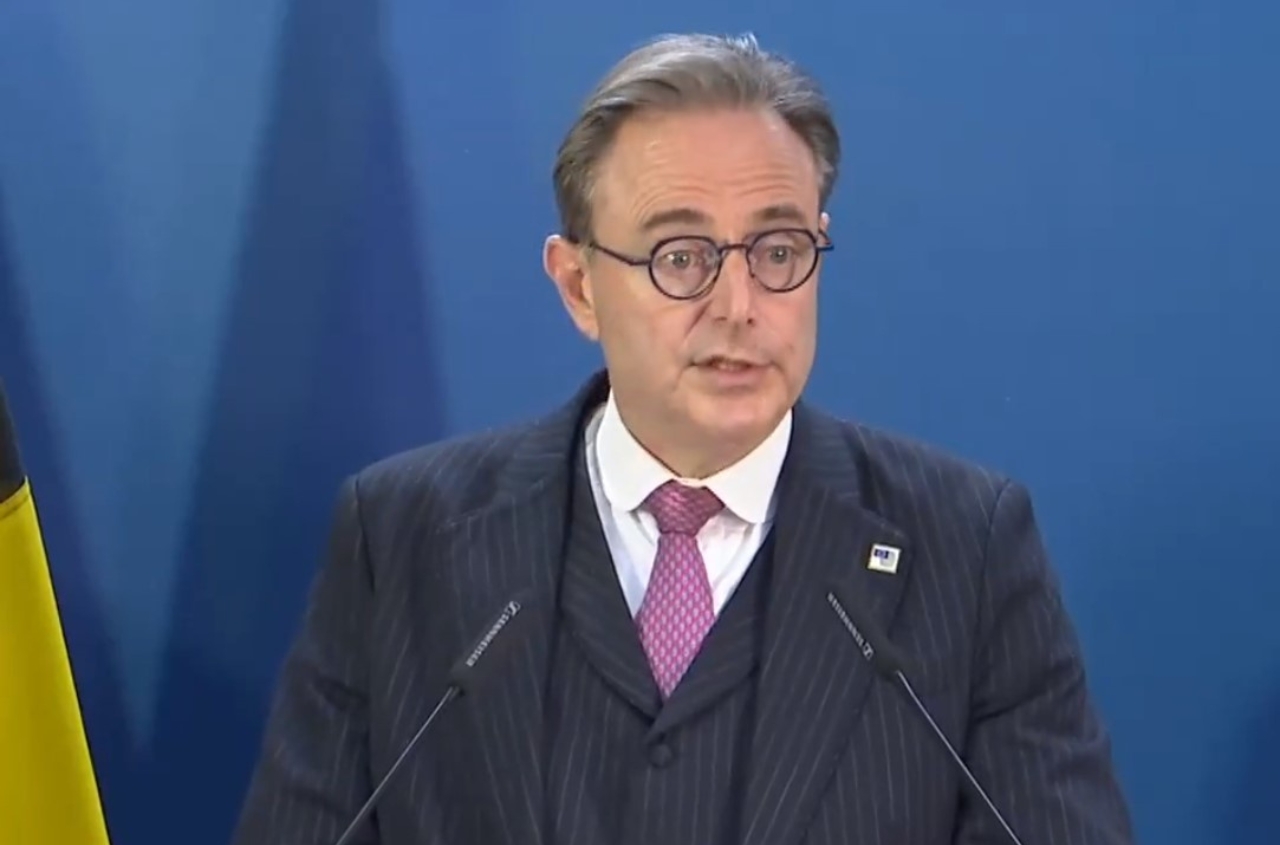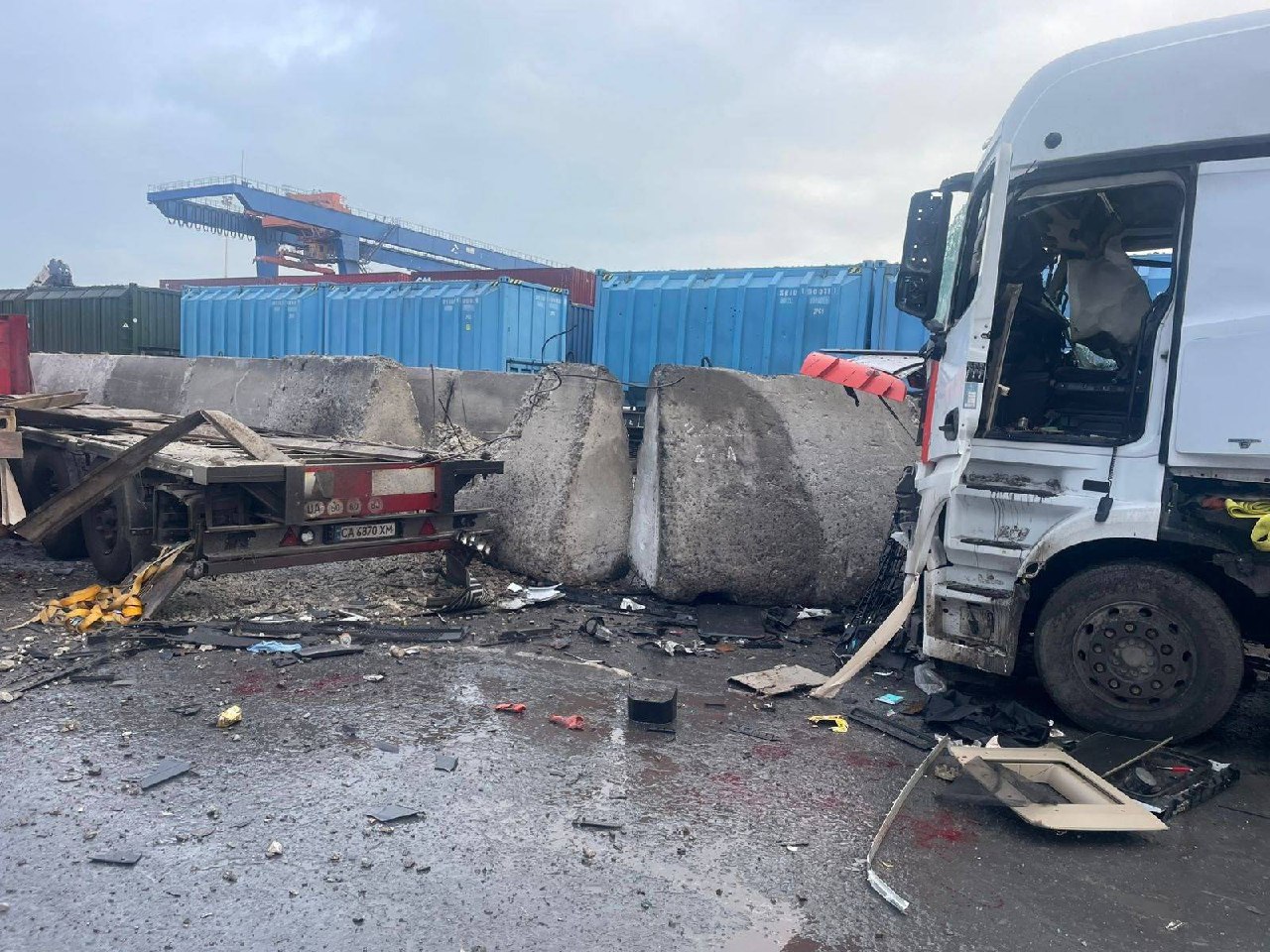From January to September 2023, Europe imported roughly the same amount of Russian liquefied natural gas (LNG) as it did during the same period last year, but there was a noticeable increase in some countries.
According to a report from the Institute for Energy Economics and Financial Analysis (IEEFA), citing EUObserver:
Spain and Belgium doubled their imports of Russian LNG during this period compared to the same period last year, while in France, the import of Russian LNG increased by 40%.
Approximately 27% of Spain's imported LNG during this period came from Russia, and Belgium relied even more on Russia, receiving 37% of its LNG from there. France, on the other hand, received 15% of its LNG from Russia.
After Russia's invasion of Ukraine in February 2022, the EU promised to reduce its dependence on Russian fossil fuels but quickly faced concerns that it was replacing one form of pollution with another.
New data shows that European countries continue to expand LNG infrastructure, even though demand for LNG and gas is expected to decrease.
Europe has increased its LNG receiving capacity, with six new LNG terminals entering operation since the beginning of 2022.
Plans for new LNG regasification terminals are expected to increase European LNG receiving capacity to 406 billion cubic meters. However, according to the institute's forecasts, LNG demand is not expected to exceed 150 billion cubic meters by 2030, indicating a potential surplus.
"The decrease in gas demand calls into question the idea that Europe needs more LNG infrastructure to achieve energy security goals. Data show that this is not the case," said Ana Maria Yaller-Makarevich, an energy analyst at IEEFA.
"European countries risk trading dependence on Russian pipelines for an excess LNG system that further exposes the continent to price volatility," she added.
LNG imports from the United States sharply increased from 2022, making the United States the main supplier to the EU, accounting for 46% of total deliveries to the European Union. Russia, on the other hand, holds the second position, providing 12% of LNG deliveries to the entire EU.
Among EU member states, Spain is the largest importer of Russian LNG, followed by France and Belgium.
In total, according to the IEEFA report, the EU spent approximately 5.5 billion euros on Russian LNG.





















